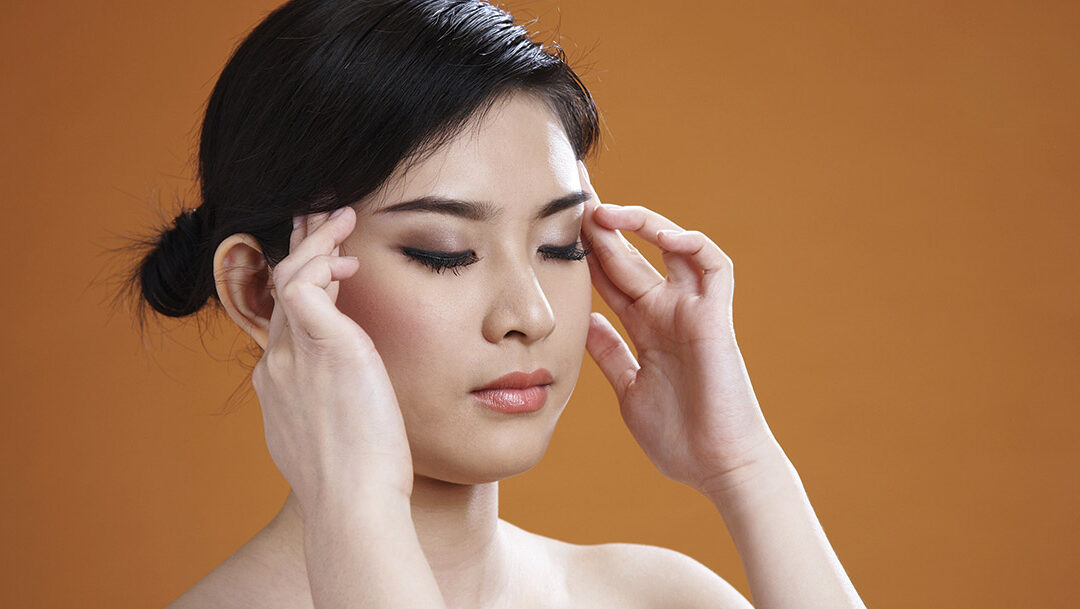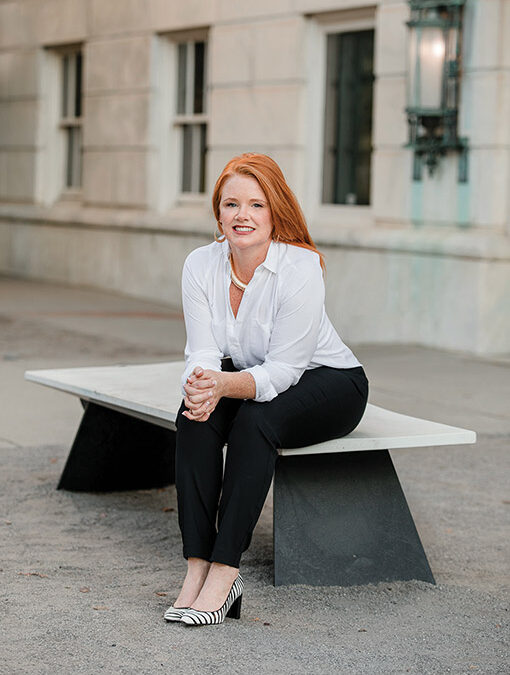
Winter Wellness
For some people, the chilly winter months embody a heartwarming season, romanticized like a Norman Rockwell painting, with crackling fires, snowshoeing, hot cocoa, and cozy pajamas. For others, the cold weather, gray skies, and lack of sunlight presents a much bleaker reality. Self-care is important year-round but when the weather gets colder and the days get shorter, it’s an important tool to combat depression. This type of depression, that appears at the beginning of winter and subsides at the beginning of spring, is known as Seasonal Affective Disorder (SAD), and affects approximately 5% of the population.
This year, the dark days of winter are compounded by the relentless pandemic, and it’s more important than ever to redirect our energy toward effective relaxation techniques, constructive activities, and positive thoughts. When we are stressed or depressed during the winter holiday season, it can be quite tempting to devour a bag of cookies, have that extra glass (or bottle) of wine, spend too much money on holiday presents, or neglect our sleep and wellness needs.
Here are some winter wellness strategies to make the season a little bit more manageable.
Get sunlight
Do your best to get outside once a day. Winter days are shorter, which means there’s less light. Try to take advantage of the sunlight, whenever possible.
Get a depression screening
Even if you haven’t been diagnosed with Seasonal Affective Disorder, winter weather can bring down your mood. Many clinics will offer free screenings that are open to the public. They can also offer resources to help you manage your depression. Talking to a mental health counselor to help us sort out our worries can be helpful, and often necessary. You can also reach out to a volunteer crisis counselor by texting 741741.
Stay Hydrated
Most of us drink more coffee or tea during the winter months to keep warm. However, these beverages, plus the dry weather, are a recipe for serious dehydration. Be conscious that you’re drinking enough water to keep your body well hydrated. Eight glasses of water a day is standard.
Protect your sleep
Fewer hours of sunlight during the winter months can make it harder to feel awake throughout the day. Staying well rested is critical to making the winter months feel manageable. Tighten up your sleep regimen during this time of the year.
Maintain your physical health
Physical health is important for maintaining good mental health. With the winter weather preventing us from exercising outside and COVID-19 preventing us from going to gyms, look for things you can do inside, like yoga, or walking on a treadmill. The pandemic has made online classes more accessible than ever before. Most studios are offering online classes to their students, which is a great way to keep regularity in your routine, while supporting your local studio.
Keep making plans with people
The pandemic has also made it more difficult to spend physical time with our loved ones, which is particularly hard around the holidays, but that doesn’t mean we can’t schedule a phone or video call. I have friends that have had game nights, holiday parties, birthday parties, even baby showers, all through online platforms.
Bake some sweet but healthy seasonal treats
There is nothing more comforting than turning on the oven during the cold weather, and filling your home with the sweet aromas of cookies, pies, and muffins. Try putting a healthy spin on one of your most beloved and classic desserts. Check out my recipe for a healthy apple crumble.
Go for wholesome foods
It’s that time of year when you’ll be tempted with sugary, empty-calorie treats, but to be your happiest, most energetic self, it’s best to eat a balanced diet of mostly healthy fats, lean proteins, grains, and vegetables.
Give more of yourself and your time.
Whether it’s at a food bank, helping your elderly neighbor with some errands, writing greeting cards for hospitalized children, or making hats and blankets for donation, sharing your time will warm your spirit and give others comfort. Check out these organizations – cardsforhospitalizedkids.com and knotsoflove.org.
Dive back into reading
Winter is the best time to start that book that’s been on your coffee table for the past few months. Curl up in front of a fire with hot cocoa and a nice book.
Get into face masks
I don’t just mean the COVID-19 mask that has become another appendage on us, I mean the spa mask that soothes our dried-out winter skin. See my recipe for a homemade hydration mask.
Find a winter hobby
Knitting, sewing, and crocheting are not only soothing and meditative hobbies, but they make cozy gifts for the holidays, or for donating to those in need.
Work on your breathing
Conscious, slow breathing can help you when you’re feeling frustrated or overwhelmed. You can practice anytime, even while waiting in line at the supermarket, post office, or drug store.
Rediscover the beauty of the cold months
Winter is quite beautiful, and being mindful of that can help with our overall attitude. Snow capped mountains and beautiful song birds can make for some gorgeous photography projects. Take a hike, and capture all of nature’s splendor with an artistic eye.
Take care of your skin
Colder months can be particularly hard on your skin and hair, with the combination of dry air and hot showers, so it’s important to moisturize properly. Jojoba oil, vitamin E oil, and argan oil are all perfect moisturizing treatment for areas of the skin that tend to dry out quickly, like your elbows, heels, and cuticles.
Say thanks
Try focusing on gratitude throughout the whole winter season. Incorporating a simple gratitude practice into your day is a wonderful way to lift your mood, not to mention dissolve any holiday-related stress or resentments that might be hanging around.
Healthy Apple Crumble Recipe
3⁄4 cup old-fashioned oats
1⁄4 cup chopped walnuts
1 tsp ground cinnamon
3 tbsp maple syrup
1 1⁄2 tbsp coconut oil
6 cups of diced apples
2 tbsp cornstarch
1 1⁄2 tsp ground cinnamon
1/8 tsp ground nutmeg
In a mixing bowl combine together the oats, walnuts, cinnamon, maple syrup, and coconut oil. Stir until
crumbly. Set aside.
In another bowl, toss the apples with the cornstarch, cinnamon, and nutmeg.
Transfer the filling to the prepared dish, and press down with a spatula. Sprinkle evenly with the oatmeal topping.
Bake at 350°F for 25-35 minutes or until the apples are tender and tops are crisp. Enjoy!
Shea Butter, Coconut Oil, and Aloe Vera Face Mask
The combination of shea butter, coconut oil, and aloe vera hydrates, soothes, and softens dry winter skin.
1 tbsp of shea butter
1 tbsp of coconut oil
1 tbsp of aloe vera
Mix until smooth.
Spread the mixture onto your skin. Add extra to especially dry areas.
Let the mask sit for 15 minutes.
Rinse it off with lukewarm washcloth.
Natasha Kubis is a licensed acupuncturist and certified yoga teacher.
For more information, visit acuwellhealth.com




